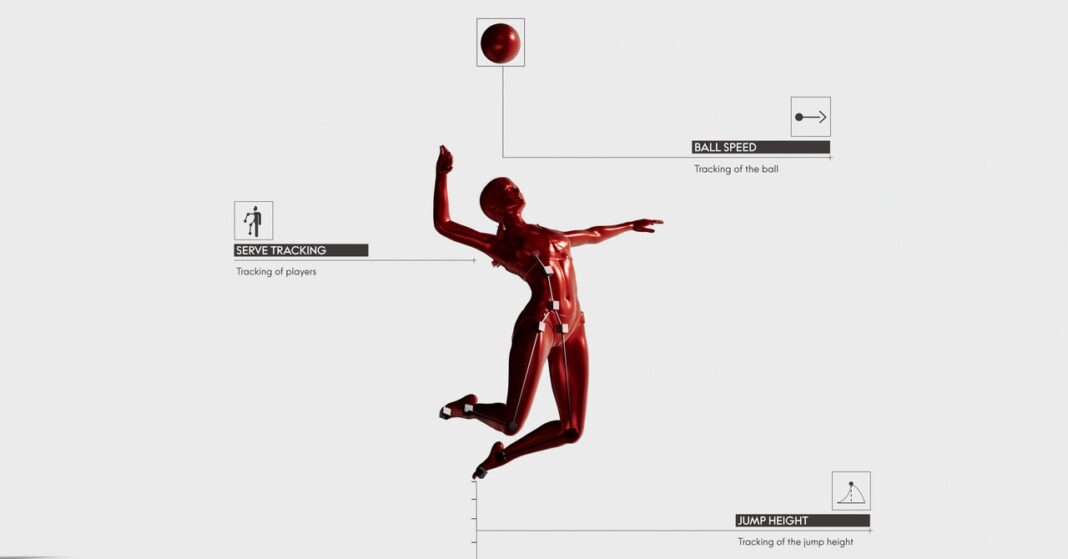In Short:
At the Olympics in Rome in 1960, a controversial gold medal was awarded in the 100-meter freestyle men’s swimming event. Australian John Devitt and American Lance Larson tied with the same finish time of 55.2 seconds, but only Devitt received the gold. This incident led to Omega developing touch boards for swimming lanes to prevent human error in timing. Omega continues to innovate with technologies like Scan-o-Vision for faster and more accurate race timing. Omega’s Swiss Timing branch does more than just timing races, focusing on telling the full story of an athlete’s performance. In Paris 2024, even more advanced technology will be used to analyze athletes’ movements throughout the race. Omega’s innovations have revolutionized sports timing since the 1960 Olympic controversy.
During the Olympics in Rome on August 27, 1960, a controversial gold medal was awarded in the 100-meter freestyle men’s swimming event. Australian swimmer John Devitt and American Lance Larson both finished with a time of 55.2 seconds, but only Devitt received the gold medal.
Swimming was timed using three timers per lane, with an average taken from their stopwatches. In cases of a tie, a head judge like Hans Runströmer would adjudicate. Despite Larson being slightly quicker, Runströmer declared the times equal and awarded the gold to Devitt.
This controversy led to Omega developing touch boards for swimming lane ends by 1968, eliminating the risk of human error in timing.
Alain Zobrist, head of Omega’s Swiss Timing, shared stories from their 400-employee branch dealing with sports timing.
For instance, the integration of electronic starting pistols with speakers behind each athlete in 2024 addressed the timing discrepancy in races with staggered lanes like the 400 meters.
Omega’s new Scan-o-Vision technology can capture images at an impressive rate, aiding in quicker decision-making.
As Swiss Timing continues to innovate, their focus extends beyond mere timing, offering a comprehensive analysis of an athlete’s performance from start to finish. The evolution of technology opens up new possibilities for storytelling in sporting events like Paris 2024.
Alain Zobrist highlighted a pivotal moment in 2018 when motion sensors were introduced on athletes’ clothing, providing deeper insights into performance during races.





